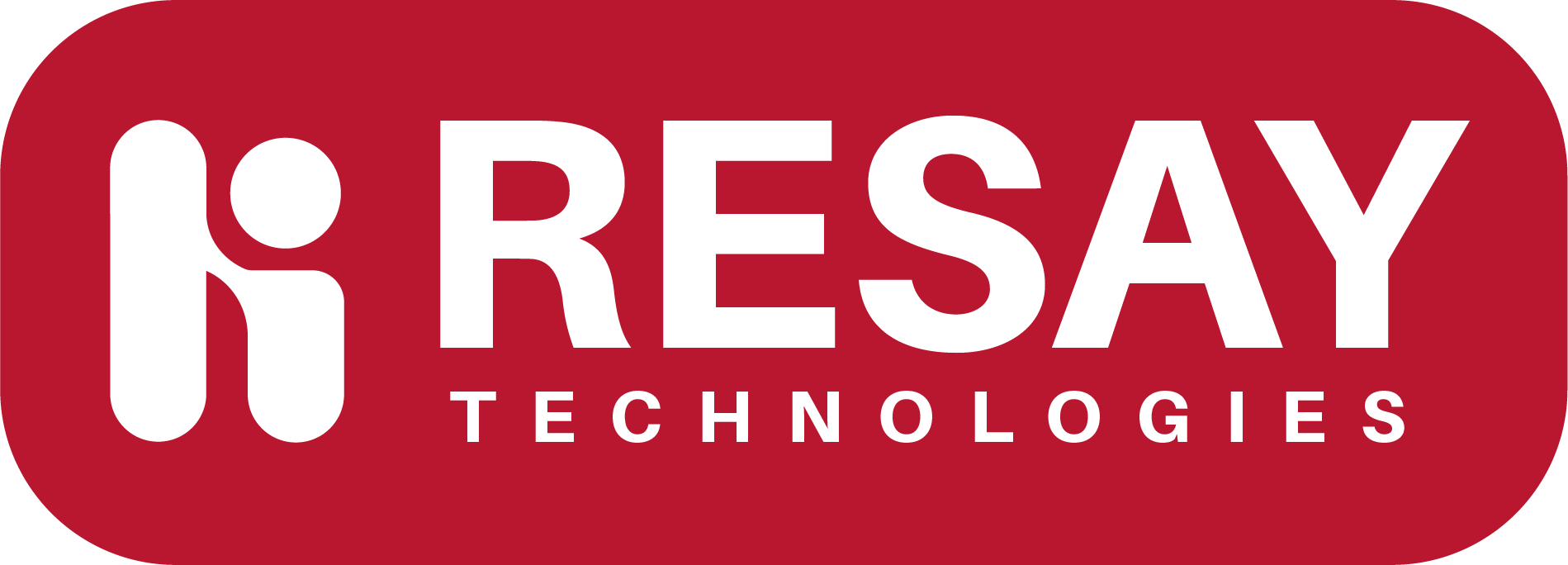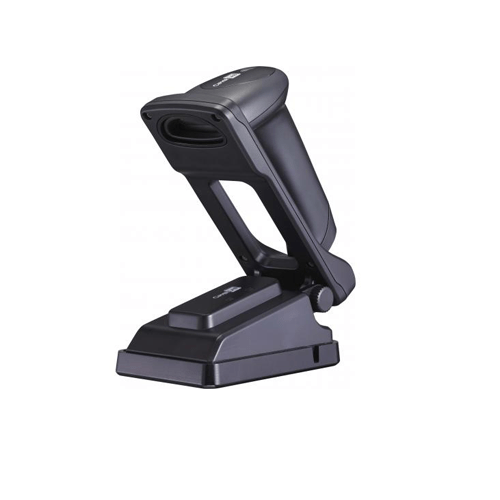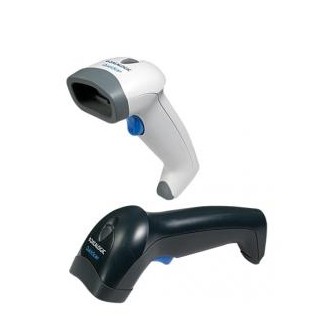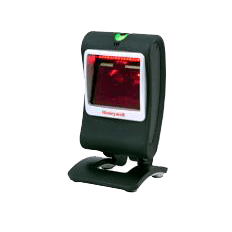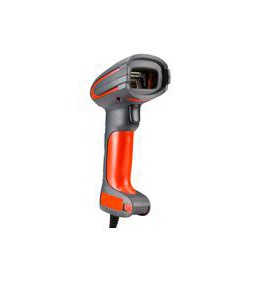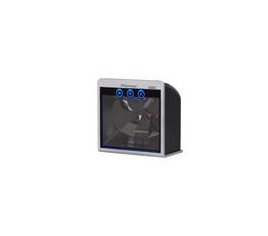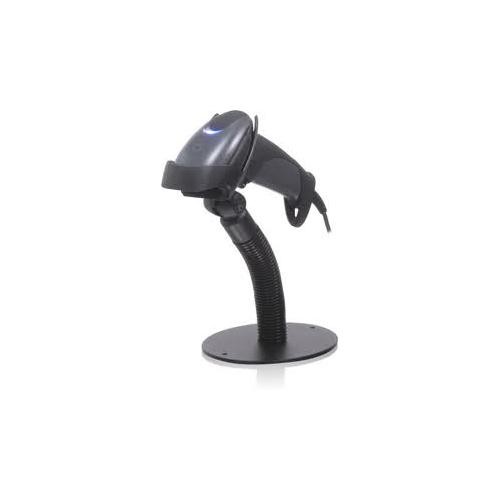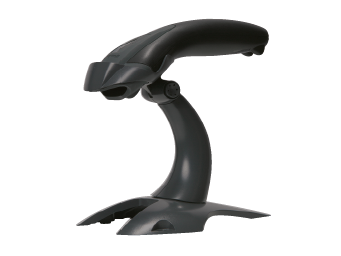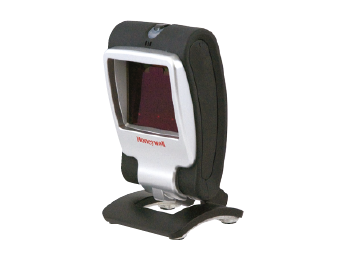The term “laser” stands for “Light Amplification by Stimulated Emission of Radiation.” A laser is a device that emits a coherent, focused beam of light through a process of optical amplification. The key features and applications of lasers span various fields, from science and technology to industry and medicine. Here are some essential aspects of lasers:
Key Features of Lasers:
- Coherence:
- Laser light is characterized by high coherence, meaning that the emitted light waves have a consistent phase relationship. This coherence allows the laser beam to stay focused over long distances.
- Monochromaticity:
- Laser light is nearly monochromatic, meaning it consists of a single color or wavelength. This is in contrast to ordinary light sources, which often emit a broad spectrum of colors.
- Collimation:
- Lasers produce highly collimated beams, meaning the light waves travel in parallel with minimal divergence. This property enables lasers to maintain a focused beam over significant distances.
- Directionality:
- Laser beams are highly directional, making them suitable for precision applications such as cutting, engraving, and targeting.
- Intensity:
- Lasers can produce intense and concentrated light. The power density in a laser beam is typically much higher than that of conventional light sources.
- Stimulated Emission:
- The core principle of lasers operation involves the process of stimulated emission, where photons are emitted in response to incoming photons of the same frequency.
Types of Lasers:
- Gas Lasers:
- Emit lasers light through the use of a gas medium, such as helium-neon (HeNe) or carbon dioxide (CO2) gas.
- Commonly used in scientific research, medical applications, and some industrial processes.
- Solid-State Lasers:
- Use a solid crystal or glass as the active medium. Examples include neodymium-doped yttrium aluminum garnet (Nd:YAG) lasers and ruby lasers.
- Solid-state lasers find applications in industry, medicine, and defense.
- Diode Lasers:
- Employ semiconductor materials, such as gallium arsenide, as the active medium.
- Diode lasers are commonly found in consumer electronics (e.g., DVD players), telecommunications, and medical devices.
- Fiber Lasers:
- Utilize optical fibers as the gain medium. Fiber lasers are known for their high efficiency and reliability.
- Applications include material processing (cutting, welding), telecommunications, and sensing.
- Dye Lasers:
- Use organic dye molecules as the gain medium.
- Dye lasers are used in scientific research, spectroscopy, and medical applications.
- Semiconductor Lasers:
- Include a variety of diode lasers based on semiconductor materials.
- Widely used in telecommunications (fiber optics), laser pointers, and optical storage devices.
Applications of Lasers:
- Material Processing:
- Lasers are used for cutting, welding, engraving, and marking various materials in industries such as manufacturing and construction.
- Medical Applications:
- Lasers are employed in surgery, dermatology, ophthalmology, and various diagnostic and therapeutic procedures.
- Communication:
- Fiber-optic communication systems rely on lasers for the transmission of data over long distances.
- Research and Scientific Applications:
- Lasers are used in laboratories for spectroscopy, microscopy, and various experimental studies.
- Defense and Security:
- Lasers are used in rangefinders, target designation, and communication systems in military applications.
- Entertainment:
- Lasers are used in laser light shows, laser projectors, and entertainment displays.
- Surveying and Measurement:
- Lasers are used in devices like laser rangefinders and laser levels for precise measurement and alignment.
The diverse range of laser types and applications highlights the versatility of laser technology across various industries and scientific disciplines. The continuous development of laser technology continues to expand its capabilities and applications in different fields.
